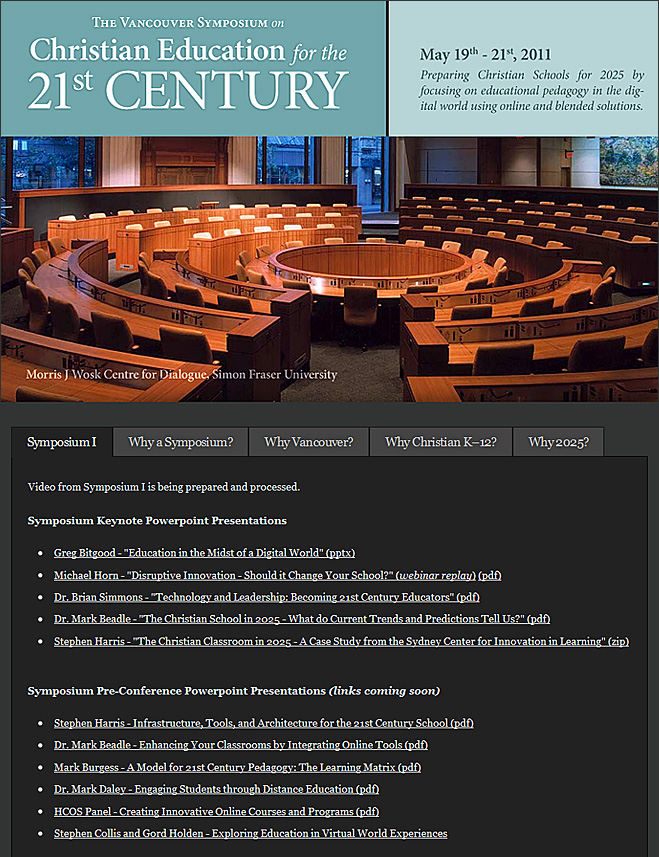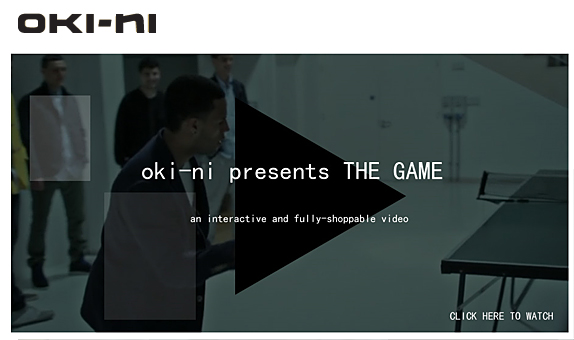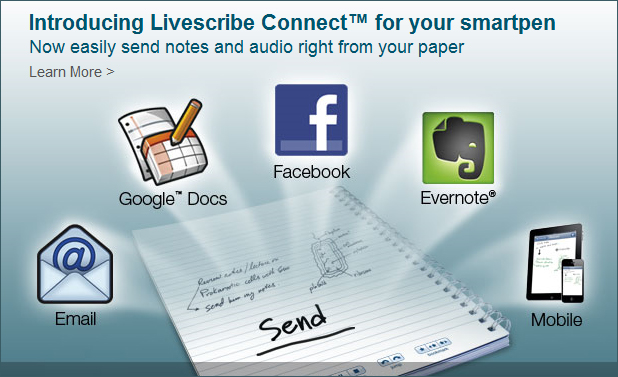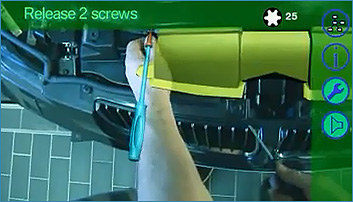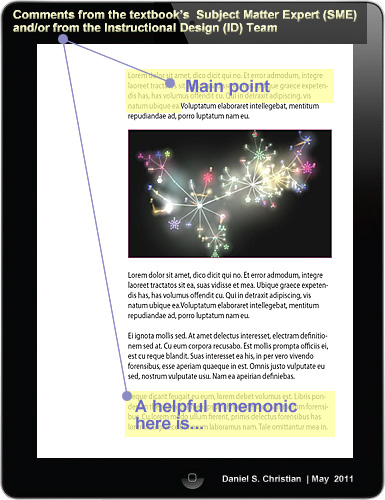Wi-Fi enabled smart lighting ecosystem –– TrendBird
Excerpt:
What if every light bulb had its own unique Internet IP address? The possibilities are endless: You could monitor, manage and control every light bulb from any Internet-enabled device – turning lights on and off individually, dimming or creating scenes from your smartphone, tablet, PC or TV – to save energy as well as electricity costs.
Your “smart lighting” network could have dozens or even hundreds of appliances connected through a wireless network designed for maximum energy savings, communicating information about their environment, about power consumption levels, and alerting you to any problems. Today, NXP Semiconductors (NASDAQ: NXPI) is introducing itsGreenChip™ smart lighting solution that makes the Internet-enabled, energy-efficient lighting network a reality – not only for businesses, but also for consumers trying to make the most of energy savings in the home.
Beginning tomorrow at LIGHTFAIR International, NXP and partners TCP and GreenWave Reality will be showcasing a consumer-ready, Internet-enabled Smart Lighting network powered by the GreenChip smart lighting solution in the NXP booth (no. 2823) and TCP booth (no. 2659).
NXP’s GreenChip smart lighting solution opens an entirely new dimension in energy efficient lighting
Mobile app helps doctors diagnose strokes — from cnn.com by Mark Milian
oki-ni presents THE GAME — from oko-ni.com
Excerpt:
At oki-ni we make the everyday extraordinary. That’s why, when it came to creating our latest video, we wanted to do something truly remarkable. What we came up with is this, an interactive and fully-shoppable video.
TV of Tomorrow (TVOT): Connected TVs, mobile devices drive interactive TV— from itvt.com
Also:
[itvt] is pleased to announce the winners of the 8th Annual Awards for Leadership in Interactive and Multiplatform Television:
Most Significant Impact: Cablevision
Most Significant Newcomer: AT&T U-verse
Most Significant Technology, Platform or Product: IntoNow (a Yahoo! company)
Most Significant Content Offering: Current’s “Bar Karma”
Most Innovative Design or User Interface: ZON TV Cabo (NDS)
Individual Leadership I: Dave Alloway, Cablevision
Individual Leadership II: Vibha Rustagi, itaas
ITV All-Star: Jon Dakss, NBC Universal
AnatOnMe projects patients’ insides onto their outsides — from gizmag.com by Paul Ridden
Excerpt:
A team at Microsoft’s research wing has developed a working prototype of a system that may help to encourage physical injury sufferers to do their exercises by giving them a clearer understanding of what’s going on. A therapist would use the device to project a series of graphics of underlying bone, muscle tissue, tendons or nerves directly onto the body of a patient to help explain the nature of the injury and prescribe effective treatment. The device can also take photos during a consultation, which can be subsequently reviewed or printed out as a memory aid for the patient.
From DSC:
Why post these things on an education-related blog? Because though entertainment is now coming to bat, learning-related applications of these technologies are on deck (if they are not already coming to bat on some occasions).
- News Round-Up _ InteractiveTV Today
- Ensequence Supports Interactive TV on Connected TV Platforms
- Comcast: Interactive TV App Store – Concept
- Interactive TV News Roundup
- Interactive Video and TV Everywhere Highlight CableNET® 2011 Exhibit at Upcoming Cable Show
- Naxoo Goes Interactive in Switzerland, Powered by Zappware
Advanced System Merges Interactive Applications With Traditional Programming - The World’s First Experimentation Of An Interactive TV Portal Broadcast On DTT
Some related resources I ran across:
New way to learn with AR — from edlab.tc.columbia.edu by Pengfei Li
Addendum later on 5/17 — also see:
- Augmented reality has potential to reshape our lives — from USAToday.com by Edward Baig









